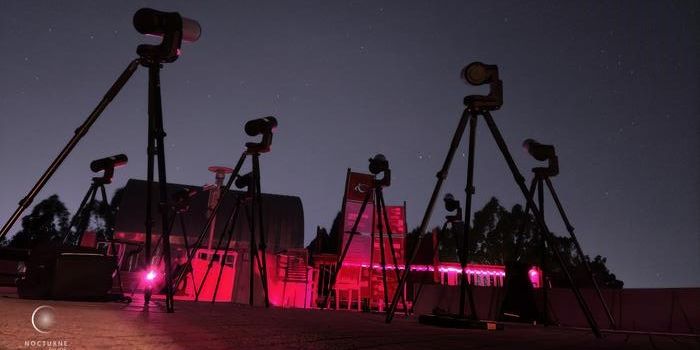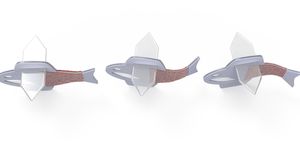Synthetic Human Nose Models Help Study Early Stages Of COVID Infection
The use of synthetic models replicating parts of the human body (often called “organoids”), has emerged in recent years as a promising way to study disease processes and test potential treatments in vitro. Research has generally shown that the use of organoids to model the human body is effective, showing strong predictive power for how drugs tested in vitro will work in an actual human. While researchers note that there are still many challenges in vitro studies face, researchers hope that this new approach could reduce the need for preclinical animal studies.
A new study published in mBio describes how researchers created synthetic organoid nose models to study SARS-CoV-2 and respiratory syncytial virus (RSV) infections. The paper focuses on understanding how the nose initially responds to these viruses (particularly the differences in response) and whether and how certain treatments work. Researchers specifically studied palivizumab, an FDA approved medication for severe RSV cases in infants.
The nose organoids are created from epithelial cells (cells that form the inner lining of the nose) taken from a nasal swab. Once created, part of the organoid was exposed to air and the other was submerged in a liquid solution containing nutrients, an attempt to replicate the real epithelial lining in the nose (some cells are exposed to air, others to the circulatory system). Researchers chose SARS-CoV-2 and RSV to study because most infections caused by these viruses start in the nose.
When introducing the cultured epithelial cells to SARS-CoV-2 and RSV, researchers noted interesting differences in the response triggered in epithelial cells to each virus. Specifically, there were notable differences in how each virus caused mucus secretion and damage to epithelial cells: SARS-CoV-2 caused severe damage and minimal mucus secretion, while RSV displayed almost the opposite reactions.
Introducing palivizumab into the liquid portion of the model allowed researchers to simulate how the drug would work in an actual human.
Researchers highlight that their synthetic nose models have potential for use in long-term studies and can effectively replicate real nose cells. The ability to create the models with nasal swab samples, rather than invasive biopsies, also lends to an easier development process.
Sources: EurekaAlert!; mBio; Nature
-
APR 30, 2024Immuno-Oncology Virtual Event Series 2024
-
MAY 07, 20243rd International Biosecurity Virtual Symposium
-
SEP 03, 2024Microbiology Week Virtual Event Series 2024
- See More

















































